Breaking
- MENU
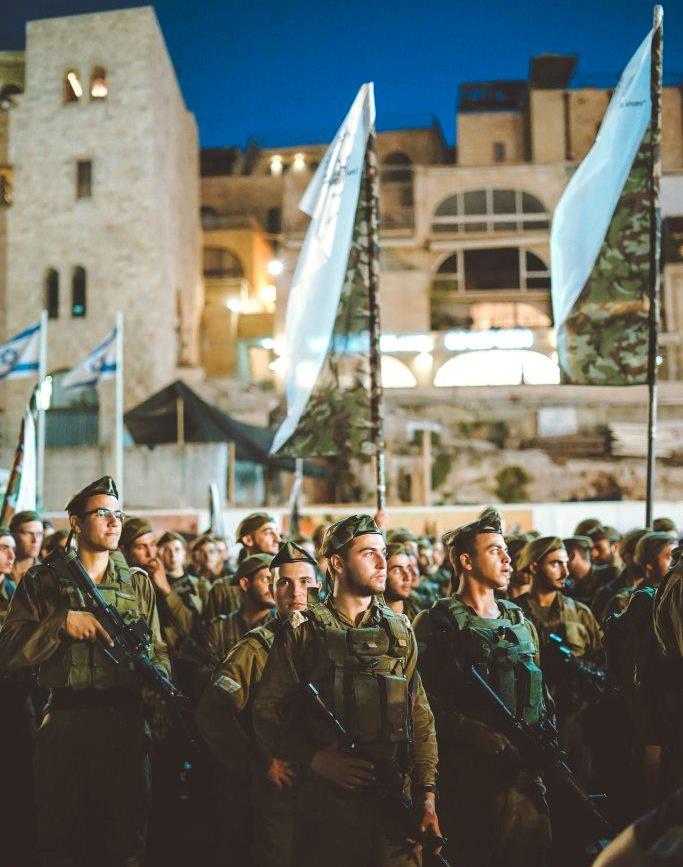
While the international community wants de-escalation and an early end to the conflict, the chances of successful external mediation are not bright.
In the six days since the confrontation began in the Haram al-Sharif/Temple Mount area in the old city of Jerusalem last Sunday, the Israel-Hamas conflict has claimed the lives of at least 120 Palestinians and eight Israelis, and witnessed over 2,000 rockets being launched from the Gaza Strip and hundreds of Israel aircraft raids and artillery attacks on the Palestinian areas. With both sides determined to escalate, the prospects of an immediate ceasefire and cessation of hostilities look grim.
A measured response is not the Israeli style because such minimalist measures do not address its larger military objective — deterrence. Despite international criticism of “disproportionate use of force”, by inflicting a larger price, both in terms of lives and material destruction, Israel seeks to minimise the frequency and intensity of Hamas attacks, if not stop them completely.
Going by recent developments, the current round of hostilities will be as severe as the last one. The 2014 Israel-Hamas conflict lasted for 50 days, and Hamas admitted that at least 2,310 Gazans were killed. While Israel false-flagged a ground offensive, the bringing down of a 14-storey building in Gaza city on Wednesday indicates complex ground operations involving controlled demolition.
Still, even by West Asian standards, the ongoing Israeli-Hamas conflict is unprecedented and broke several previous landmarks, in the negative sense of the term.
One, the conflict is not confined to the Gaza Strip and has already spread to West Bank. During the previous three rounds of violence in 2008-09, 2012 and 2014, when Israel was pounding the Gaza Strip, the West Bank remained largely peaceful. While there were demonstrations in several western capitals and some Arab countries, the Palestinian National Authority (PNA)-ruled West Bank remained indifferent. The Fatah-Hamas hostility was so acute that West Bankers largely ignored the Israeli attacks on Gaza, despite the 2008-09 conflict lasting for 22 days, 2012 for eight days and 2014, for 50 days.
The ongoing violence is different, and there are clashes between Israel and the Palestinians in different parts of the West Bank. Though larger Palestinian towns are under the control of the PNA, Israel controls sizeable tracts of territories and smaller habitats. The intersections between the two areas have become friction points between the Israeli Defence Forces and the Palestinians.
Second, since the first intifada of 1987, Israel’s Arabs citizens (who make up about one-fifth of the total Israeli population) have largely stayed away from Palestinian violence. There were minor protests shortly after the outbreak of the second intifada, which resulted in the October 2000 riots in Arab towns and cities in northern Israel, leading to the death of at least 12 Israeli Arabs and one Palestinian from Gaza.
This time around, protests against the Israeli operations against Hamas have incensed Israeli Arabs, leading to riots in several mixed towns such as Beersheba, Ramle, Lod, Haifa, Acre and Sakhnin. Some of them witnessed violence against Jews and Jewish properties, and a synagogue was torched in Lod. Indeed, for the first time since the military government was abolished in 1966, Israel had to use emergency powers to manage the violence in the Arab sector. The incitement of Jewish extremist groups only made matter worse and several Muslim gravestones were desecrated and there are also reports of lynchings of Arabs and Jews.
Three, the Israel-Hamas violence has been used by elements in Lebanon and Syria to launch rocket attacks from the north. These attacks appeared to have been carried out by Palestinian elements in these countries. However, if the Gaza conflict escalates or Israel responds militarily to these attacks, one should expect militant groups in these countries, namely the Hizbollah in Lebanon and pro- and anti-Assad forces in Syria, to join the fight.
Thus, Israel is facing multiple challenges, the worst in its history. Even in the October War of 1973, Israel only had two State adversaries; now, it faces non-State adversaries from all sides, in addition to internal challenges from extremist elements within the Arab and Jewish population.
Four, the only similarity with the previous violence is the lukewarm administration in Washington. During its three rounds of conflict since 2008, Israel, more particularly, Prime Minister Benjamin Netanyahu, was facing Barack Obama, and now has to deal with Joe Biden. Despite his personal association and friendship with Israel dating back to the days of Prime Minister Golda Meir, Biden is yet to establish a modus vivendi with the Israeli leader. There are acute differences between the two over Iran, and Biden’s desire to tone down some of Donald Trump’s pro-Israeli policies and postures before the current crisis.
Several of Biden’s senior officials, including secretary of state Antony Blinken, are of the Jewish faith, but they represent the progressive wing of Judaism and the Democrat party. Hence, their views on the Israeli-Palestinian conflict are radically different from the mainstream Republicans and less friendly than Trump’s.
Five, while the international community wants de-escalation and an early end to the conflict, the chances of successful external mediation are not bright. Iran wields considerable influence on Hamas but has emerged as the nemesis of Israeli-Palestinian peace and under Recep Tayyip Erdogan, Turkey is moving towards the enemy camp. In 2014, Qatari mediation backfired and only prolonged the conflict and Palestinian sufferings and other Arab players do not carry any leverage vis-à-vis the militant group. Though China and Russia have been engaging with Hamas, their diplomatic capital is not commensurate with the challenge.
The only country that has some leverage is Egypt due to its past engagements with Hamas and its geographical proximity to the Gaza Strip, and President Fattah el-Sisi carries some influence. But a ceasefire will be a stop-gap arrangement until the next round. A real solution rests with the Biden Administration and its ability to earn the trust and confidence of all parties towards restarting the Israeli-Palestinian negotiations.
Note: This article was originally published in Hindustan Times on 17 May 2021 and has been reproduced with the permission of the author. Web Link
As part of its editorial policy, the MEI@ND standardizes spelling and date formats to make the text uniformly accessible and stylistically consistent. The views expressed here are those of the author and do not necessarily reflect the views/positions of the MEI@ND. Editor, MEI@ND: P R Kumaraswamy
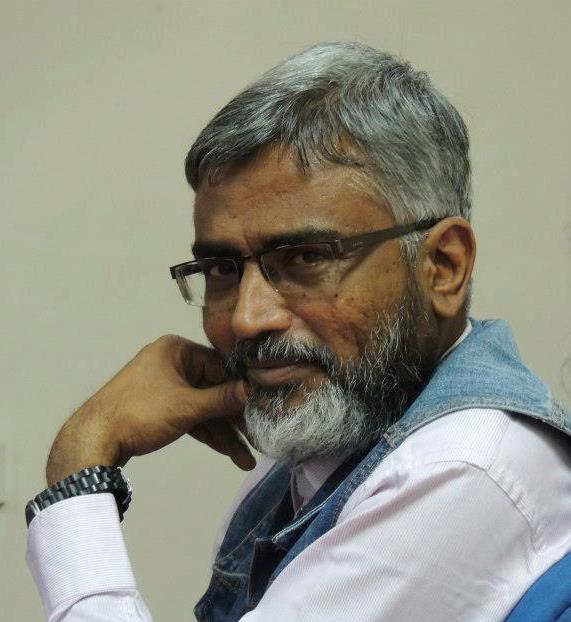
Professor P R Kumaraswamy is Honorary Director of MEI@ND.
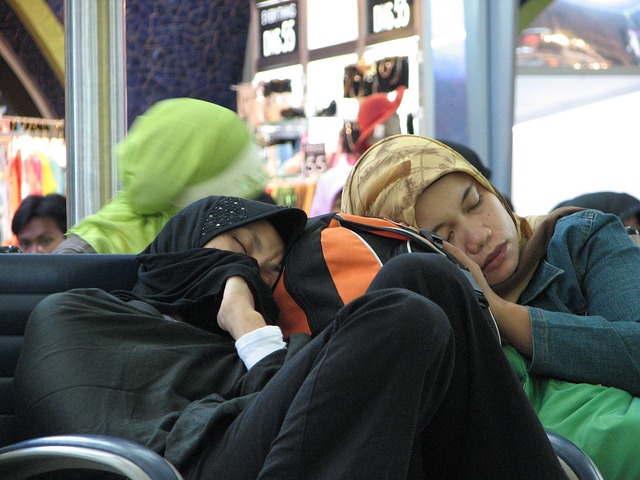
When peace is viewed as ‘surrender’, there is little one can accomplish. Without an effe.....

The magnitude of the missile attack on Israel carried out by Iran in the early hours of Sunday was u.....
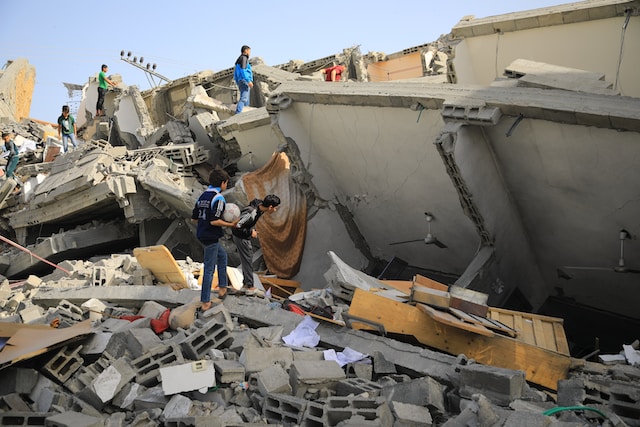
While the details are still emerging, the Hamas attacks from the Gaza Strip on Saturday were well pl.....
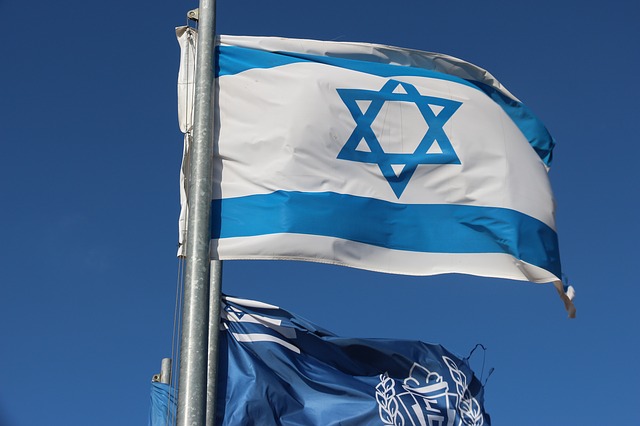
The Libyan controversy reminds us of the more significant problem facing Israel. While the scale and.....
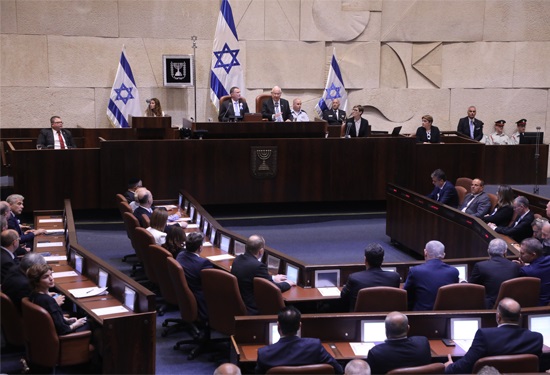
64-0! It should be an impressive vote in any country, especially in Israel, where a simple parliamen.....
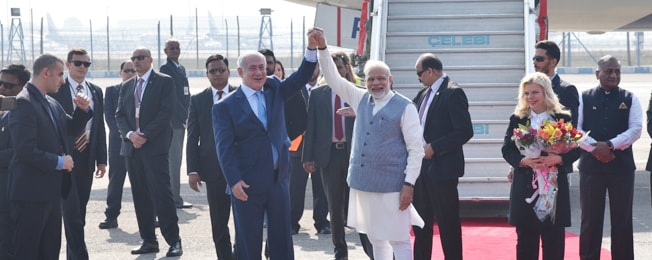
King Bibi is back! After one year in the Opposition, Benjamin Netanyahu, a close friend of Prime Min.....
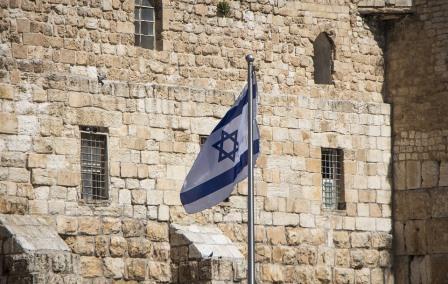
Political instability is an integral and inseparable part of Israel’s landscape. For the fifth.....
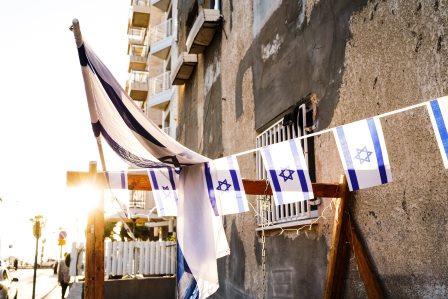
Even by the Israeli standard of coalition fragility, the Bennett-Lapid government, which completed o.....
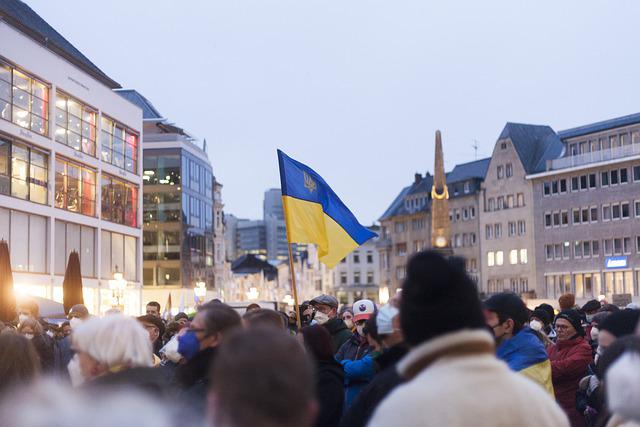
Soon to enter its fourth month, the Russian invasion of Ukraine has made irreversible damages to glo.....
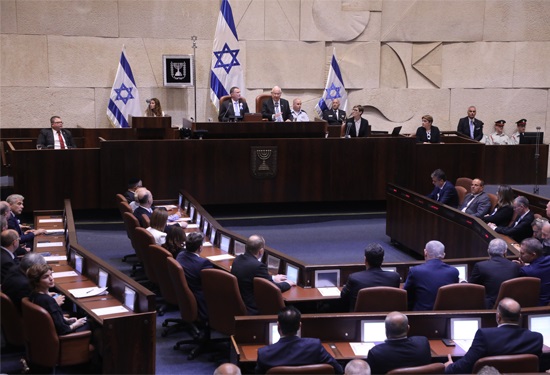
The visit of Israeli Prime Minister Naftali Bennett to India scheduled for last week had to be cance.....
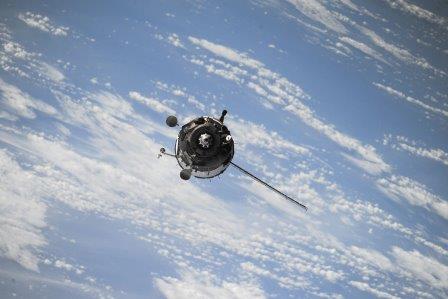
The drone attack on Abu Dhabi on Monday (January 17) by the Houthi rebels marks a major escalation o.....
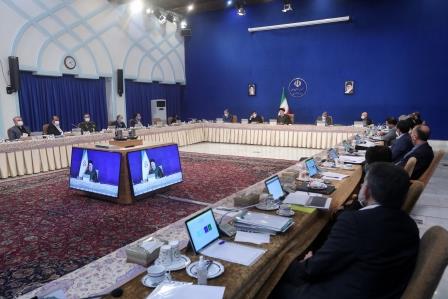
Of late, Israel-Iran shadow-boxing has been getting ominous. If Israel’s diplomatic offensive .....
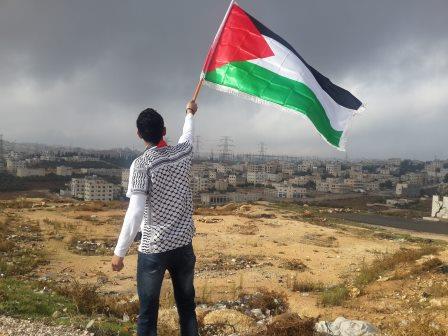
In early November, Moscow hosted Mohammed Dahlan, a former right-hand man of Palestinian leader Yass.....
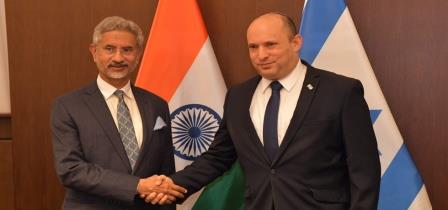
Nearly three decades after Prime Minister P V Narasimha Rao broke from the past and normalised relat.....
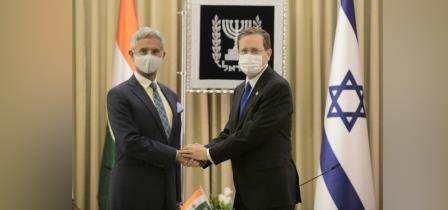
Earlier it was Pakistan and now China. So whatever India does and does not do externally has to be l.....
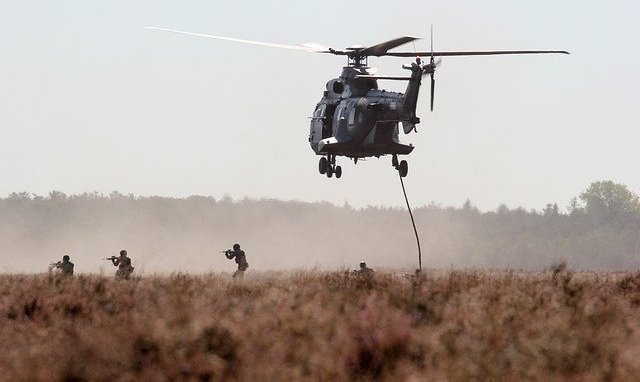
In several ways, the Taliban takeover of Afghanistan can be a game-changer in India’s worldvie.....
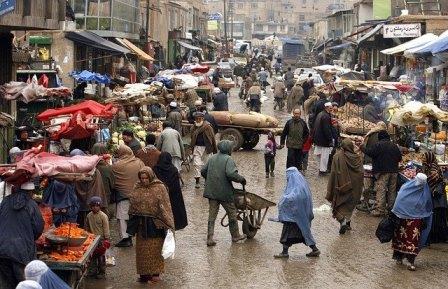
The Taliban takeover and its fallout exposed the limited diplomatic space for India in its immediate.....

Given the travel restrictions, local lockdown and sluggish economic revival, that over three lakh pe.....
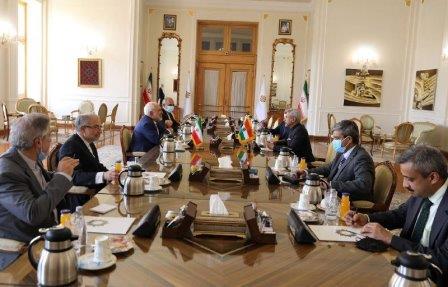
Since 2005, some critical decisions over Iran have been taken by the MEA’s US Division. So que.....
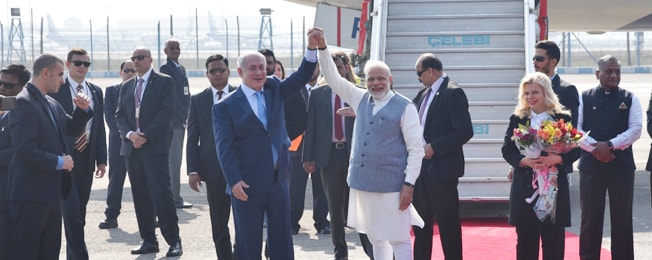
“Bibi dethroned”. This is the expression used in the Israeli media to describe the forma.....
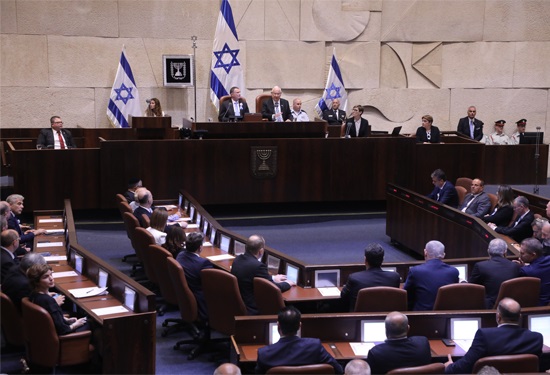
Despite having a woman prime minister in Golda Meir, female political representation in Israel has n.....
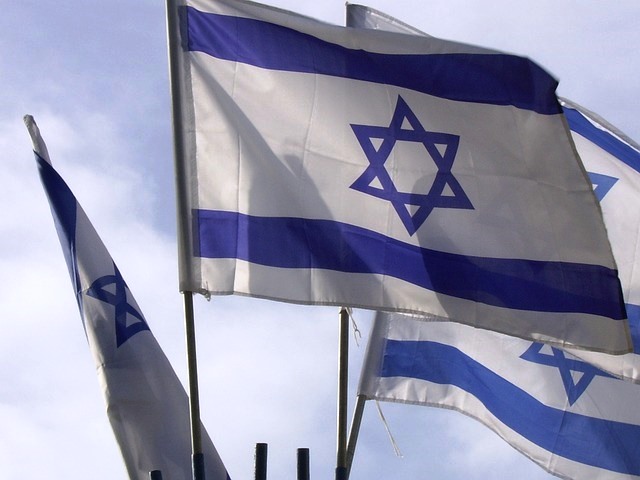
The most interesting aspect of the new Bennett-Lapid government in Israel is the emergence of Mansou.....
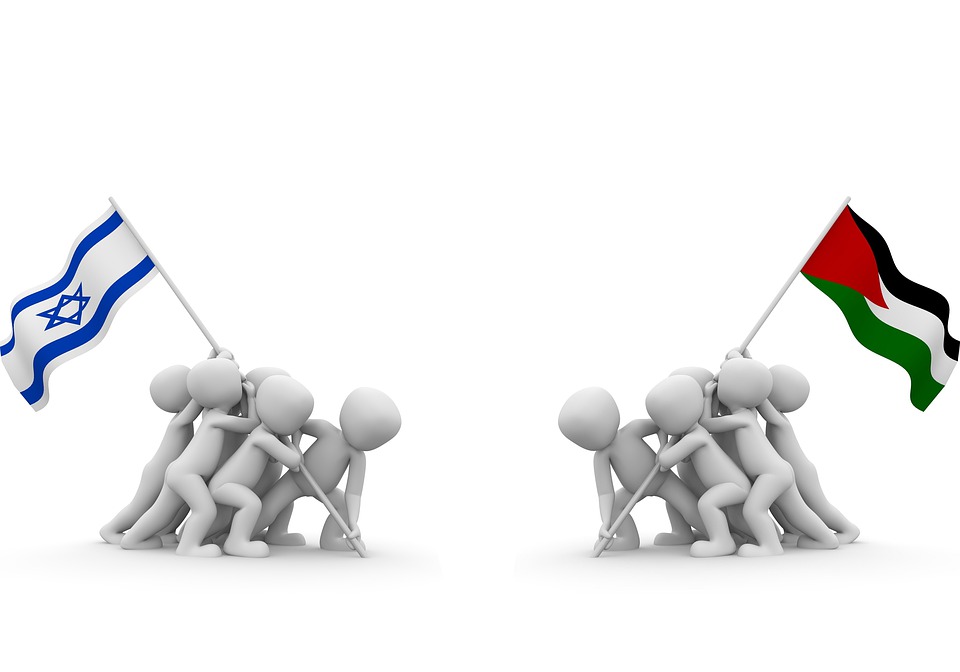
When it comes to mediating international crises, India’s track record is a mixed bag. In recen.....
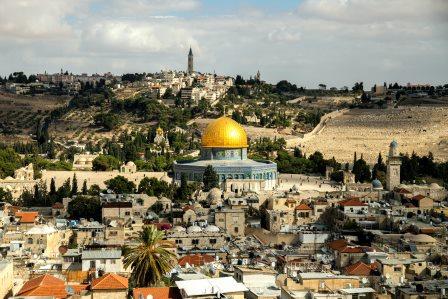
Going by the Israeli media, it is clear that the arm-twisting by the Biden Administration forced the.....
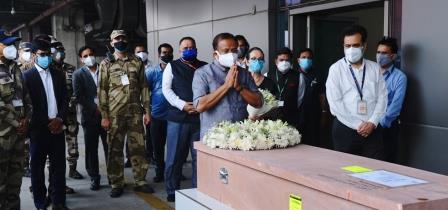
Indeed, Hamas is better placed today than it was in January 2006 and the current round of violence i.....
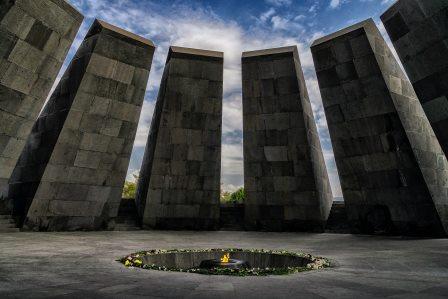
Ending the past silence, US President Joe Biden marked the Armenian Genocide Remembrance Day of Apri.....

The visit of Foreign Minister of Bahrain Abdullatif bin Rashid Al Zayani to India during 6-8 April r.....
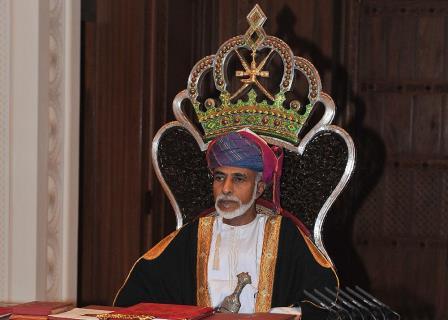
By posthumously bestowing the Gandhi Peace Prize for 2019 upon Sultan Qaboos of Oman, New Delhi seek.....
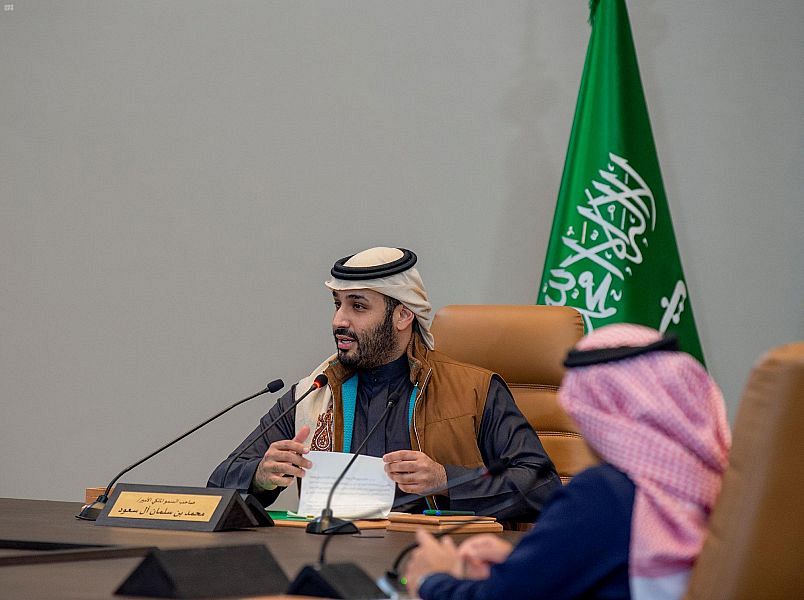
Much to the displeasure and discomfort of Saudi Crown Prince Mohammed bin Salman (more widely known .....
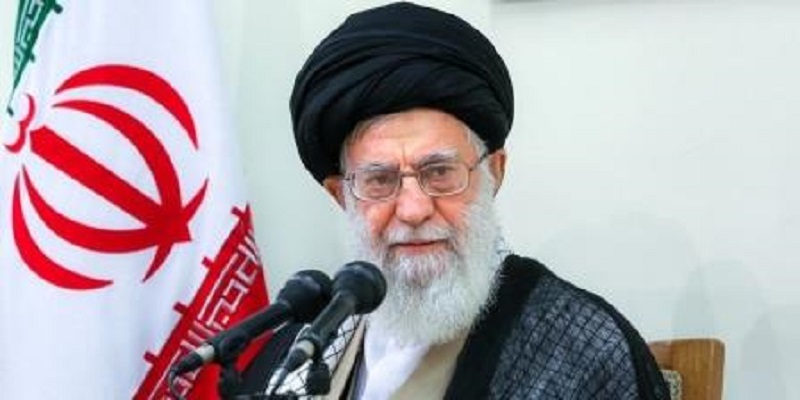
The nomination of Robert Malley, a veteran hand in Washington policy circles, as the Special Envoy f.....
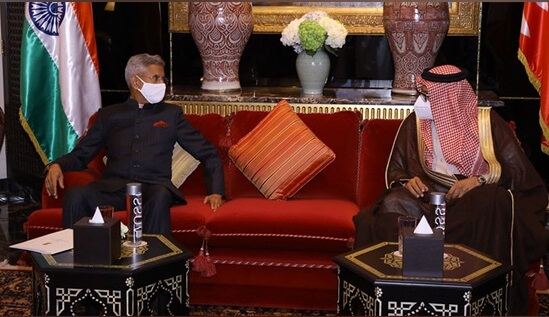
The two-day visit of External Affairs Minister S Jaishankar to the United Arab Emirates last week is.....
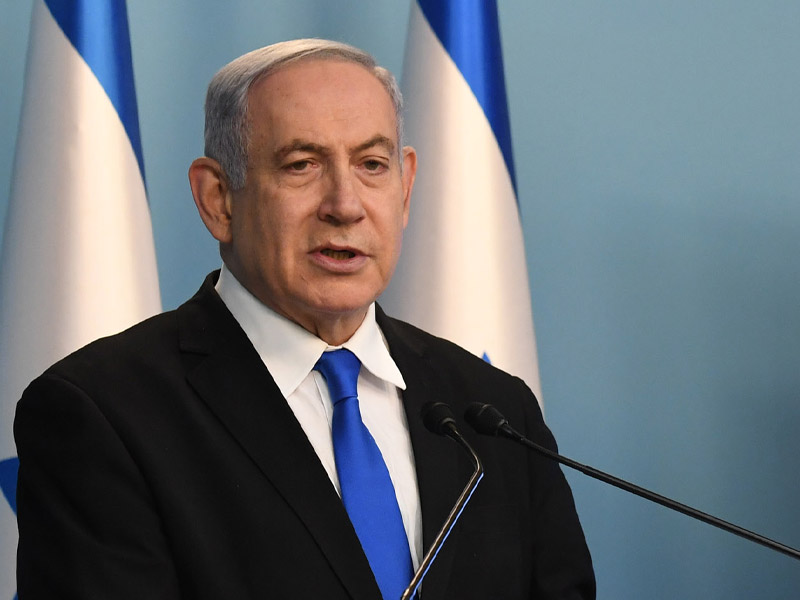
United Arab Emirates’ (UAE) decision to normalise relations with Israel is the most dramatic e.....
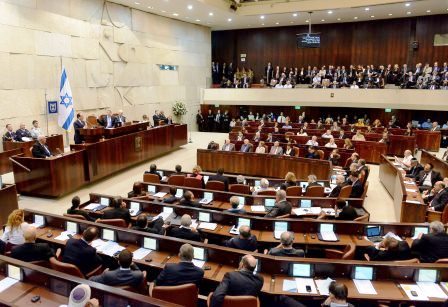
Declaring victory moments after the polling ends has become the hallmark of Benjamin Netanyahu; and .....
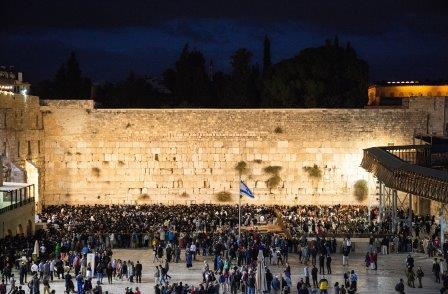
Israel went to polls for the 23rd Knesset on 2nd March. The third parliamentary elections within one.....
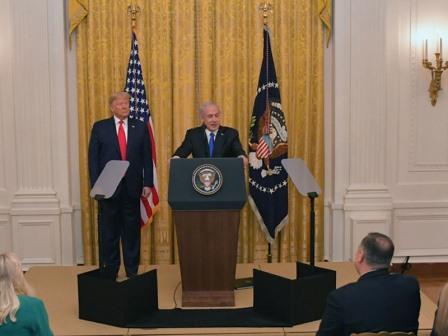
With possible removal from office hanging over their heads, US President Donald Trump and Israeli Pr.....
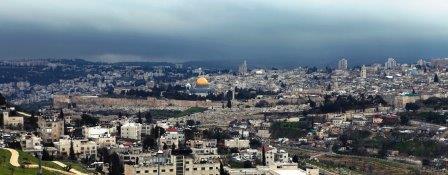
US Secretary of State Mike Pompeo’s sudden and unexpected announcement regarding Israeli settl.....
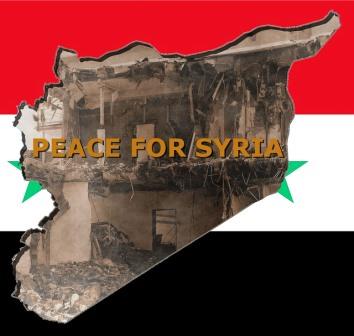
US President Donald Trump’s decision on imposing sanctions on Turkey has rocked the ever-turbu.....
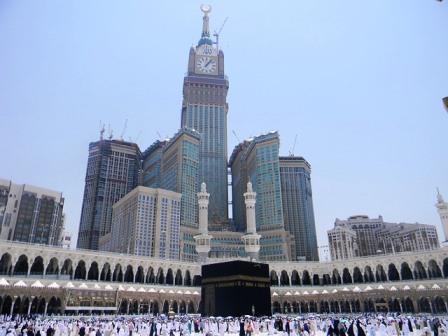
Prime Minister Narendra Modi’s two-day visit to the Kingdom of Saudi Arabia this week highligh.....
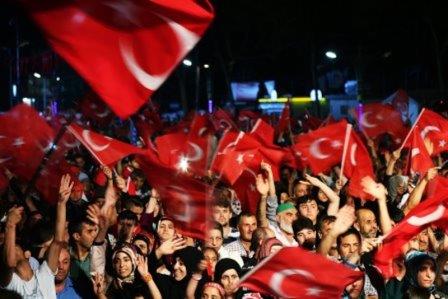
Prime Minister Narendra Modi's reported decision to postpone a planned visit to Turkey comes a c.....
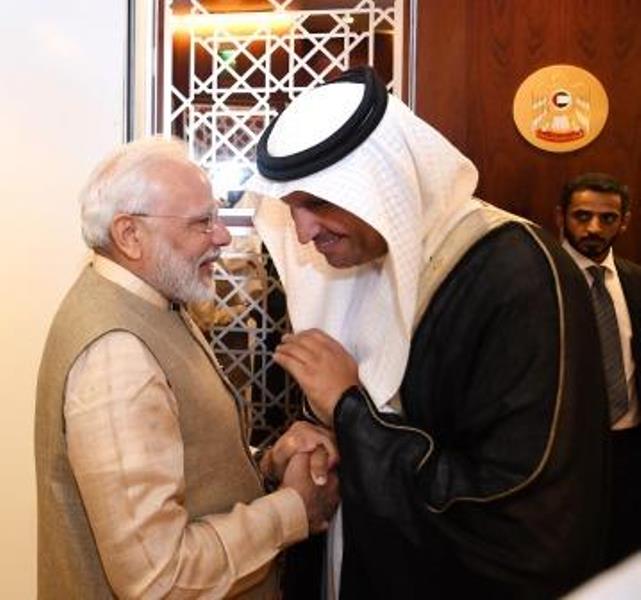
With the sole and notable exception of Pakistan, India's relations with the wider Islamic world .....
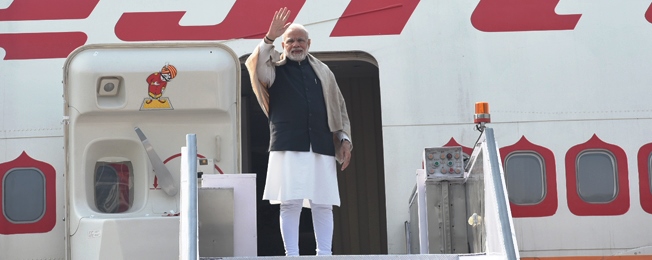
For a long time, India’s relationship with its extended neighbourhood in the Persian Gulf was .....
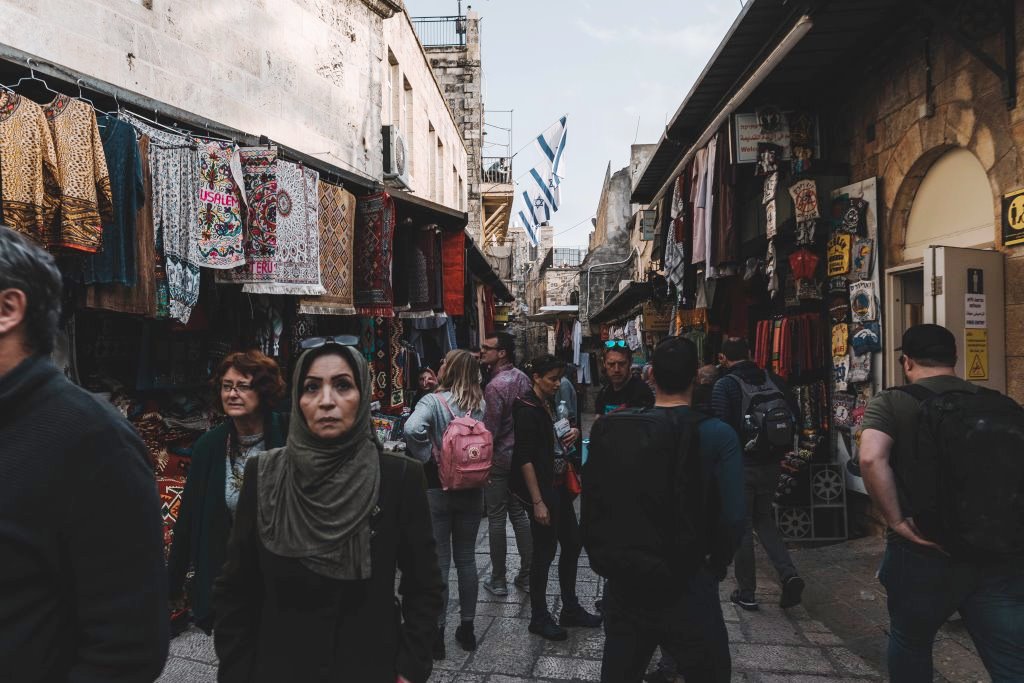
The Israeli legislative or Knesset election last week has turned out to be a rerun of the 9 April on.....
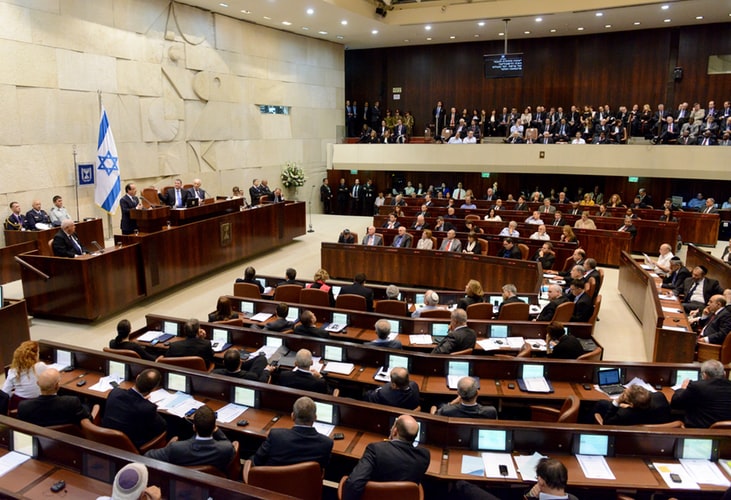
Will 2019 see a third Knesset election? This question is going rounds in Israel as it faces the seco.....
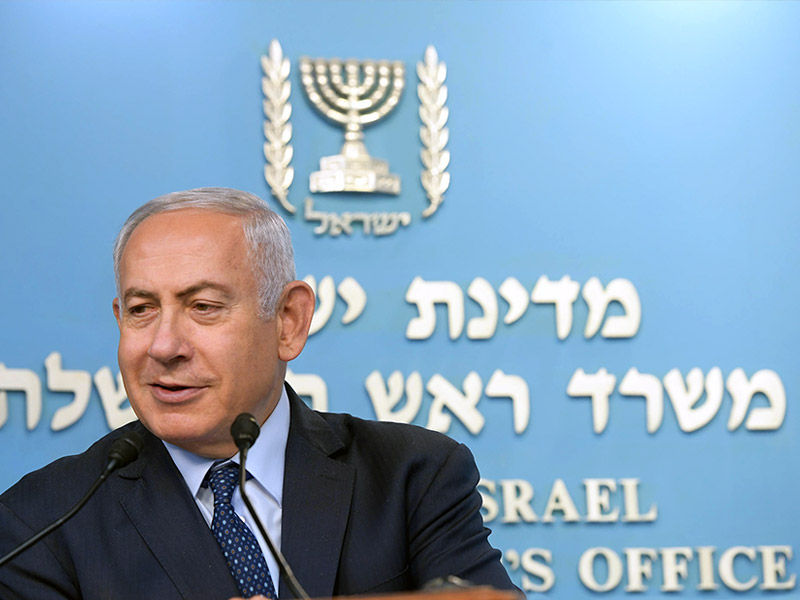
When he called Indian Prime Minister Narendra Modi to congratulate on his re-election with a landsli.....
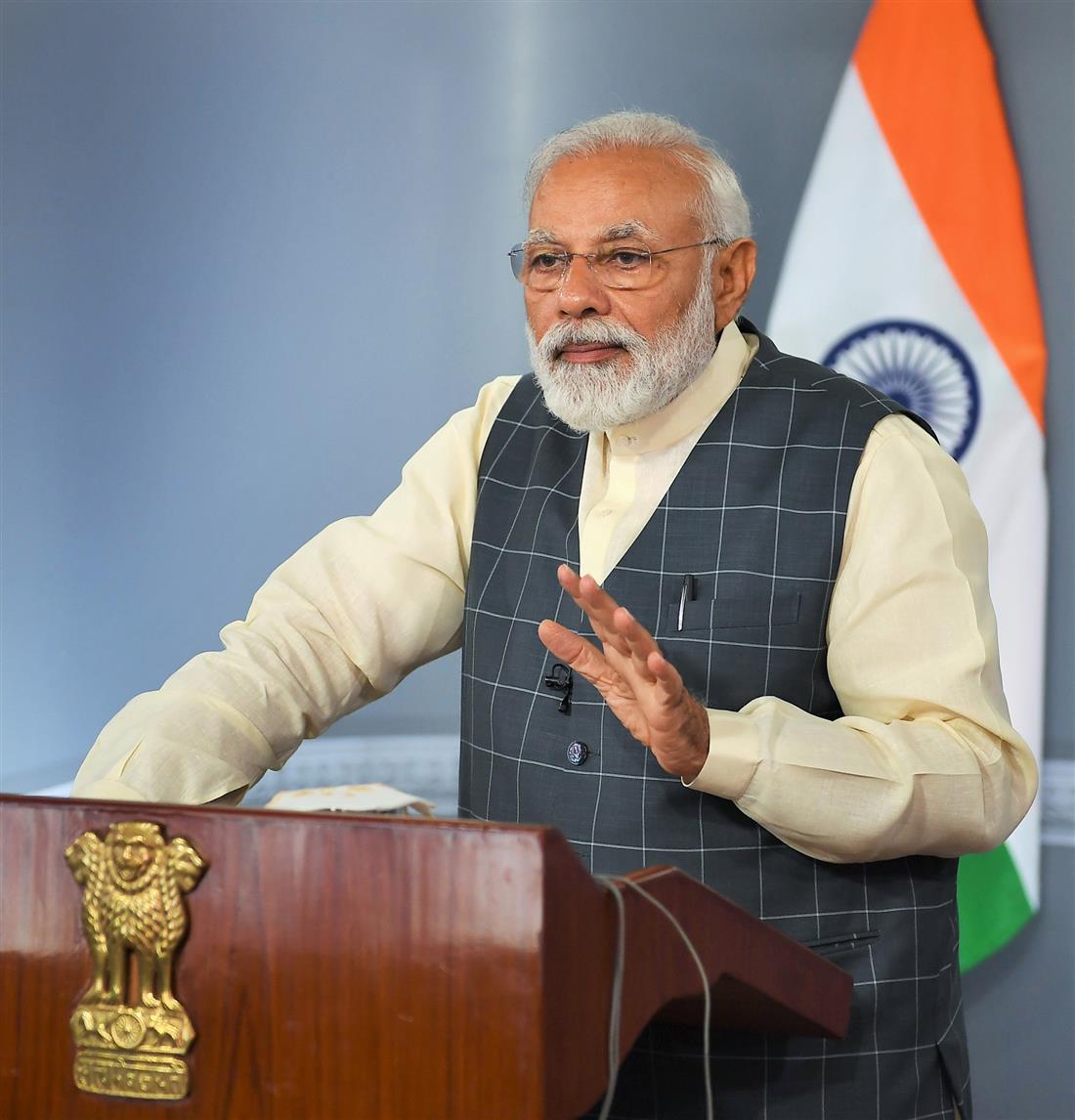
The resounding re-election of Prime Minister Narendra Modi is a blessing for India's relat.....
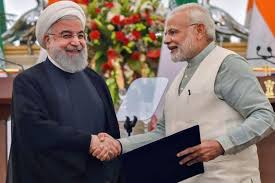
Iran is back in the news and for all the wrong reasons. It has been the unnecessary third .....
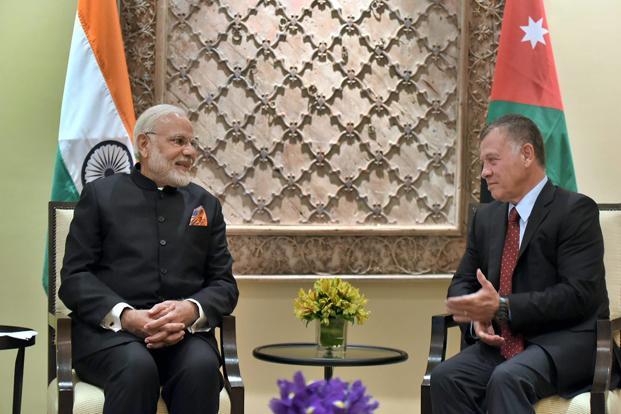
During the close to a century of its existence, the Hashemite Kingdom of Jordan has been, as former .....

In their eagerness to focus on and flag the de-hyphenation of the traditional Israel-Palestinian bin.....
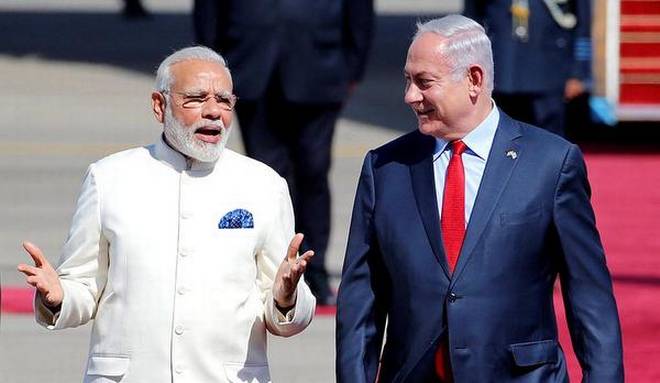
In the closely scrutinised India-Israel relationship, there is little in the public domain that rema.....
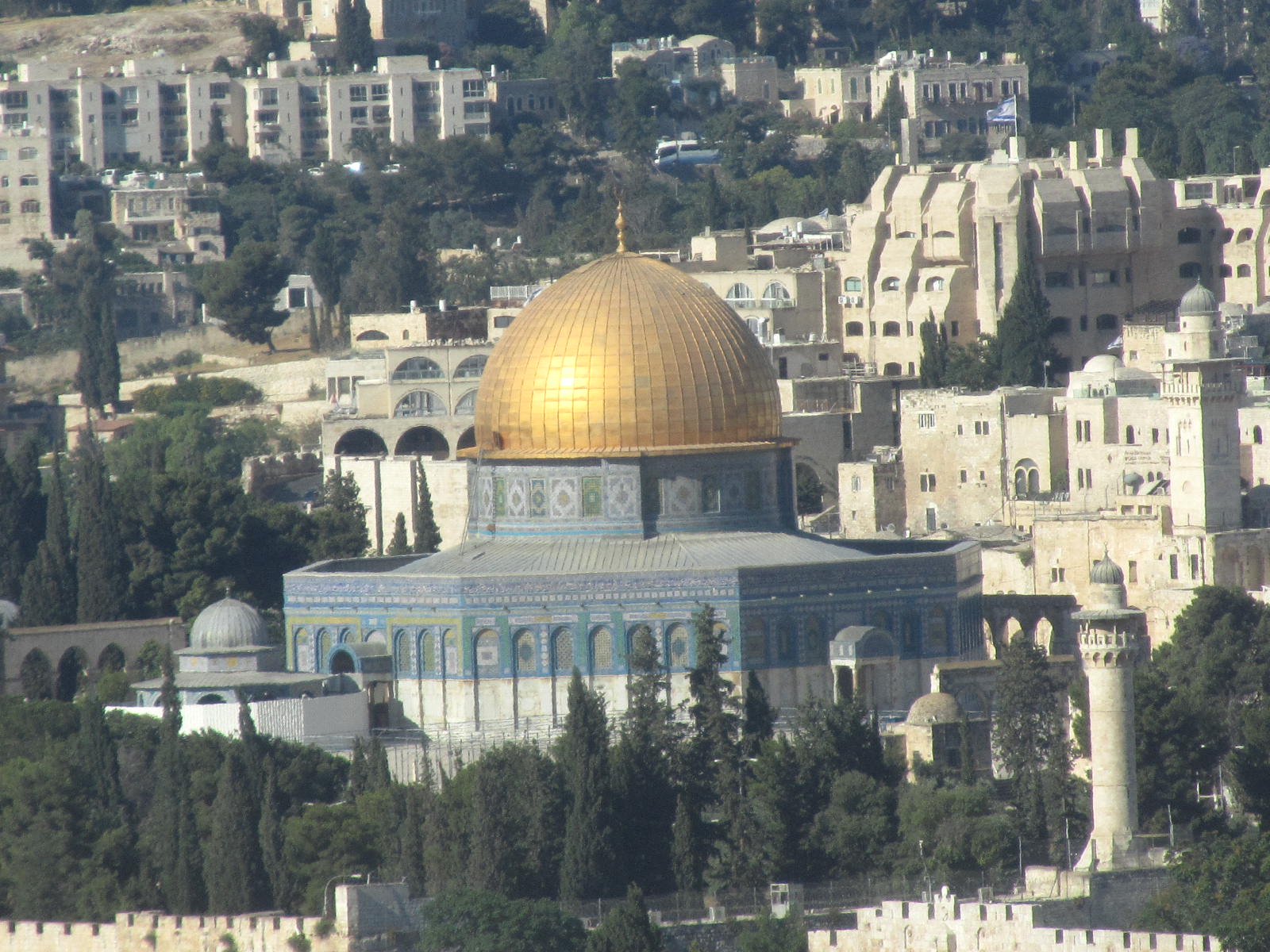
You know what, it will go to the dustbin’ my articulate friend was blunt, brutal but.....

Balfour Declaration, A Century Later If one were to make a list of the most influential.....
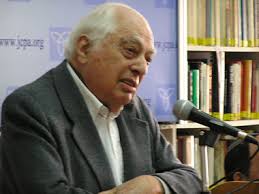
Professor Bernard Lewis—a towering personality on the Middle Eastern academic landscape—.....
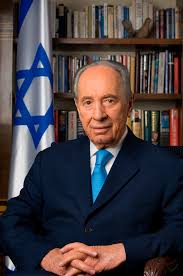
B orn in Poland on 2 August 1923, Szymon Persk who later Hebraised his name as Shimon Peres was the leader.....
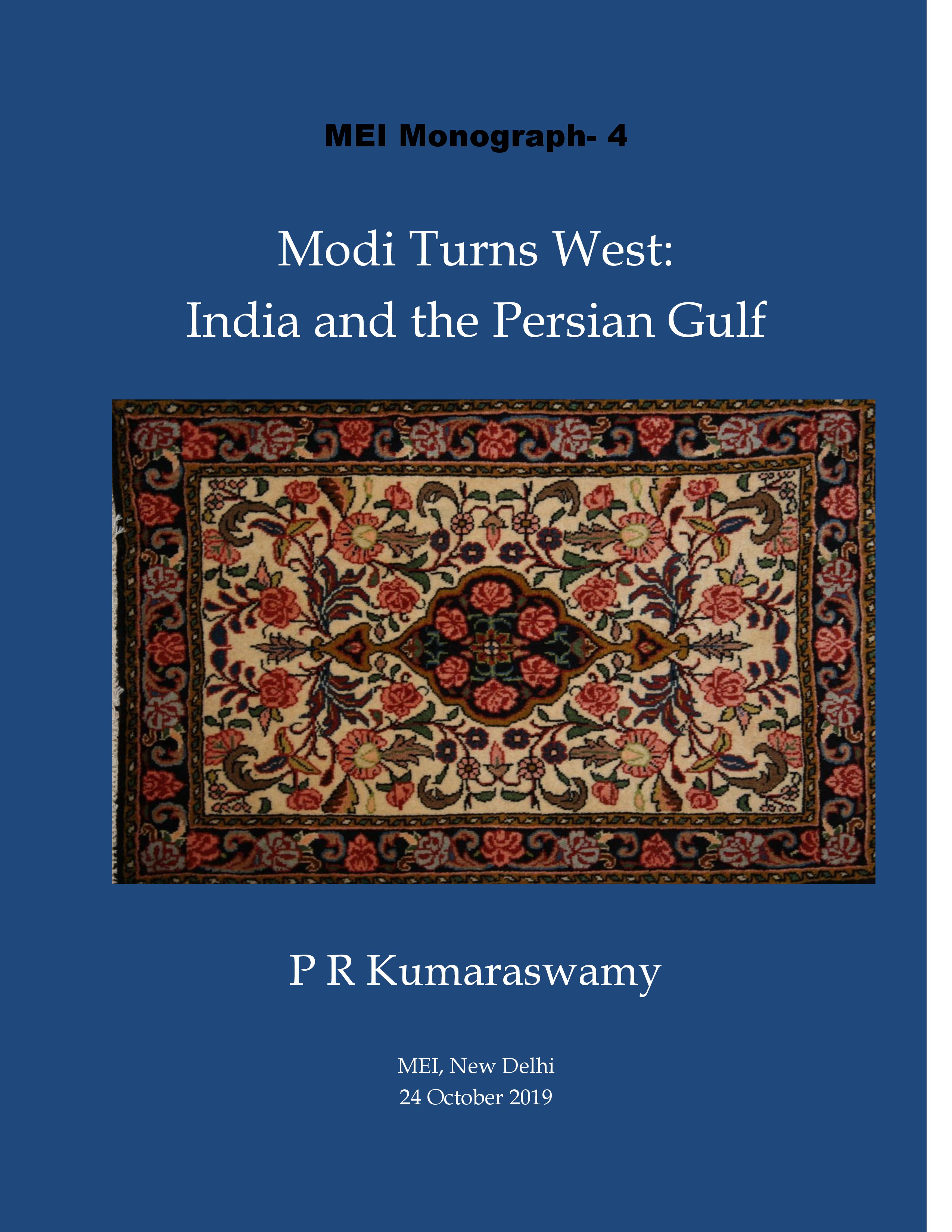
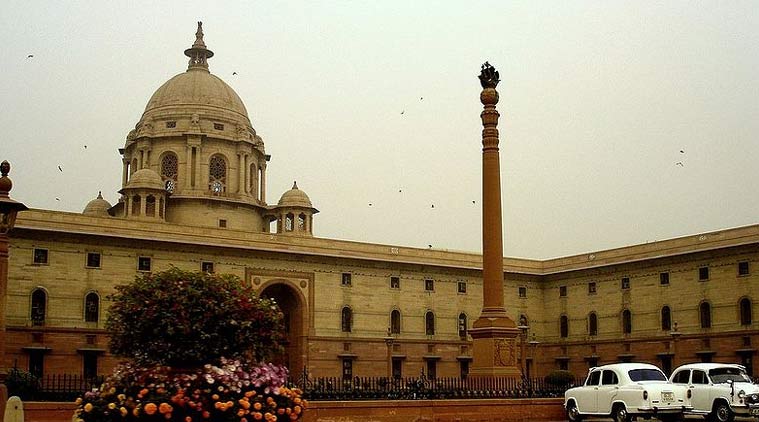
W hat What began as a protest by a marginalized vegetable vendor in Sidi Bouzid in Tunisia soon spread lik.....
